Though you are traveling to the ethnic areas in China, you’re bound to have something delicious to eat and drink. No matter you travel to southwest China like Yunnan, Guizhou, Tibet, or reach the north, northwest China like Xinjiang, Gansu or Inner Mongolia, you could catch the opportunity to taste the unique ethnic food and tea. In this way, you’ll have a deep understanding about their daily life and local customs.
Below we list five types of ethnic cuisines & drinks - Tibetan Cuisine & drinks, Chinese Islamic Cuisine, Miao Cuisine, Yunnan Cuisine & drinks, Inner Mongolia Specialty & drinks. If you want to taste these dishes, you could tell your tour guide and they would bring you to the local restaurants and enjoy them like a local.
Tibetan people have unique food and drink due to the high altitude, harsh climate, religious belief and ethnic customs. Tibetan cuisine includes noodles, goat, yak, mutton, dumplings and cheeses (often from yak or goat milk), butter and soups. The typical Tibetan cuisines include Tsampa, Beef and Mutton, Butter Tea. If you pay a visit to Tibetan areas, you should try the unique food and drink.
Tsampa, Zanba in Chinese, is one of the Tibetan cuisines that Tibetan eat it every day. It is roasted flour (barley flour or wheat flour). It is often be eaten mixed with the salty Tibetan butter tea.
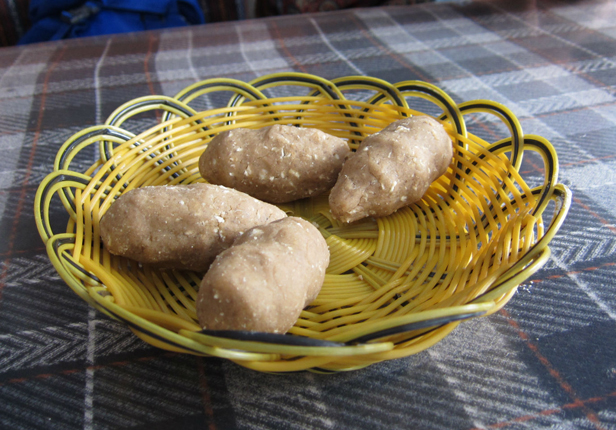
Butter Tea, known as Suyou Cha in Chinese, is a kind of tea that Tibetan drink it as a regular part of Tibetan life. Traditionally, it is made form tea leaves, yak butter, water, and salt. Butter tea is used for eating Tsampa by pouring onto or dipping the Tsampa into it and mixing well.
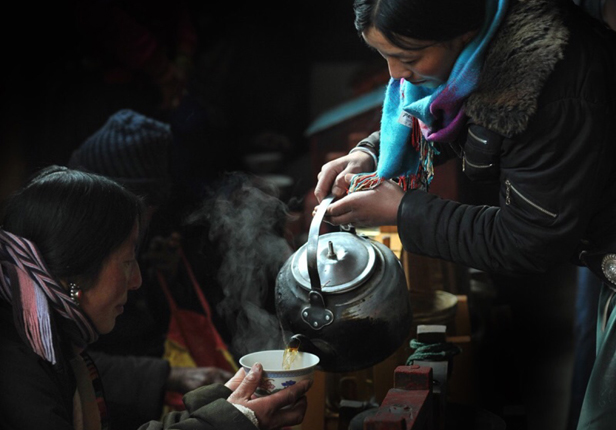
Yak meat is very important to most Tibetans diet. Yak meat is usually eaten boiled and dried, but in some areas of Tibet, they sometimes eat raw in the winter.
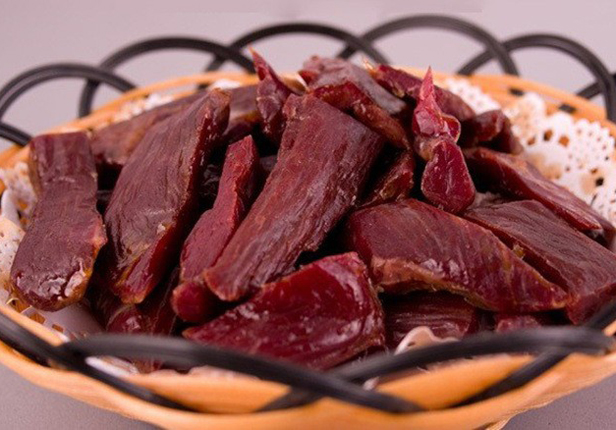
Travelers could taste Yunnan cuisine or Dian cuisine in Kunming, Dali, Lijiang, Jianshui and Yuanyang and other places. Don’t miss the typical snacks and food, Across the Bridge Noodles (best known dish), Erkuai (Bai people’s snacks, highly refined and compressed rice cakes), Jidong Liangfen (Naxi people’s snack, a savoury jelly made from gram flour), Baba (Naxi people’s snack), Streamed Pot Chicken (famous dish in Jianhsui, Yunnan) etc. You should try the Three-Course Tea of Bai Ethic Minority when traveling in Dali.
Travelers could enjoy the Three-course Tea of Bai Ethnic Minority in Dali Old Town and Xizhou Ancient Town when in Dali. The Three-course Tea is a tea drinking ceremony for Bai ethnic group treating honored guests. It refers to offer tea for three times. The first course of tea is called bitter tea, the second course called sweet tea and the third course called aftertaste tea with sweet, bitter, sour, spicy flavors. The three courses tell the different stage of life and with profound meaning - one should suffer a lot at the beginning and then enjoy the sweet after sweat and remains all the tastes we suffered in life.
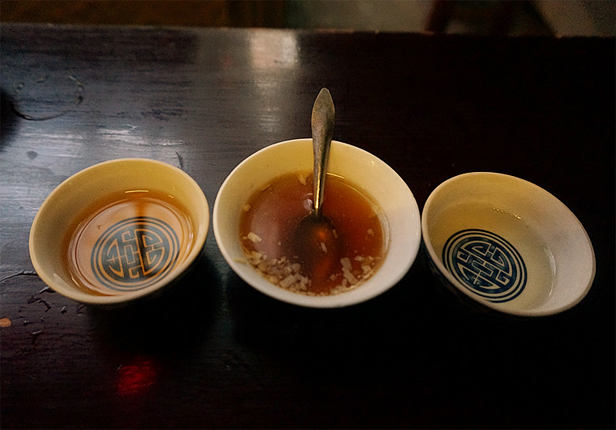
Chinese Islamic Cuisine (Huizu Cai in Chinese), is the cuisine of the Hui minority and other Muslims living in China. It can be divided into northern and southern Chinese Islamic cuisines. Northern Chinese Islamic cuisine relies heavily on beef but rarely ducks, geese, shrimp or seafood, while the southern Islamic cuisine is the reverse. The famous dishes are Lamain, Beef Noodle Soup, Chuanr, Suan Cai, Nang etc.
Lamian is a type of hand-made noodle. “La” means to pull or stretch, while “Mian” means noodles. It is made by twisting, stretching and folding the dough into strands, using he weight of the dough. Lamian are usually served in a beef or mutton-flavored soup called Tangmian, but sometimes stir-fired and served with a sauce, this dish being called Chaomian. When travel to China, you could see Lanzhou Lamian Restaurants running by Hui Minority everywhere.
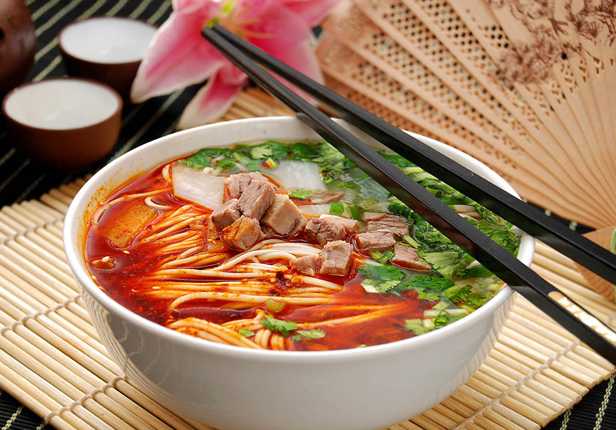
Miao minority are mainly located in Guizhou, Hunan , Yunnan etc. Their main food is rice, and other foods are corn, wheat, Chinese sorghum, millet. And Miao like sticky rice very much. The Miao like Hot pepper and their food is always spicy. And they also like sour flavor. The Miao, both men and women, like wine and most of them make wine at home.
Fish in Sour Soup belongs to the Guizhou cuisine recipes and is the typical cuisine for Miao people. The soup can come in a red or white soup base. The fish is boiled in the soup base with garlic, ginger, salt, chili, wine and special fragrant spices. When travel to Guizhou in Guiyang, Kaili and other places, you could have a try it.
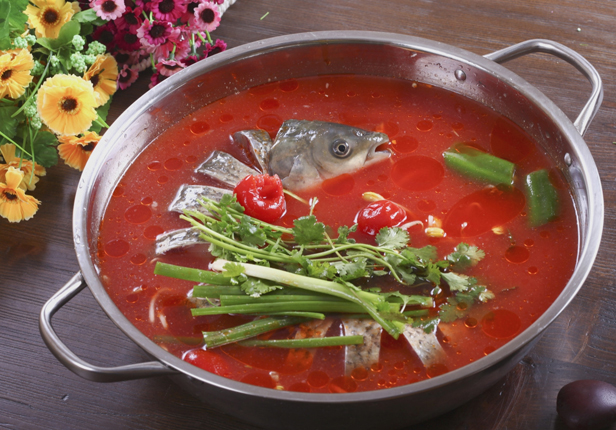
When you are in Inner Mongolia, no matter you have meals in local restaurants or have dinner in Mongolian yurts, you could taste Mongolian snacks or cuisines. The specialties include Braised camel hoof, Kumiss, Ghee, Hulun Lake fish feast, Mongolian boiled lamb, Mongolian milk tea.
It is the traditional cuisine to entertain the honored guest or to celebrate the grand pageant in Mongolia. The sheep is selected abortively, about 20 kg each one. The whole shape is dressed, stuffed with seasonings such as shallot, ginger, salt, etc., then baked. The cuisine keeps the complete shape of the sheep, kneeled down in a square trencher, and is prized for the fresh color, crispy skin, and tender, aromatic meat.
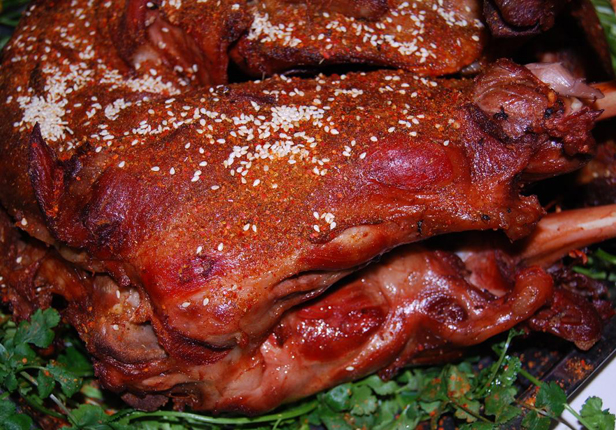
Milk tea (boiled brick tea with cow’s or sheep’s milk, along with a little salt added) is the indispensable part of the Mongolian’s daily life. When a guest come to the yurt of a Mongolian family, he will be treated by milk tea and the guest should accept with both hands. And then, he should move the tea to his left hand, dip the tip of the third finger of his right in the tea, toss it up in the air and lick the fingertip. This is the way showing gratitude for the hospitality of the Mongolian.
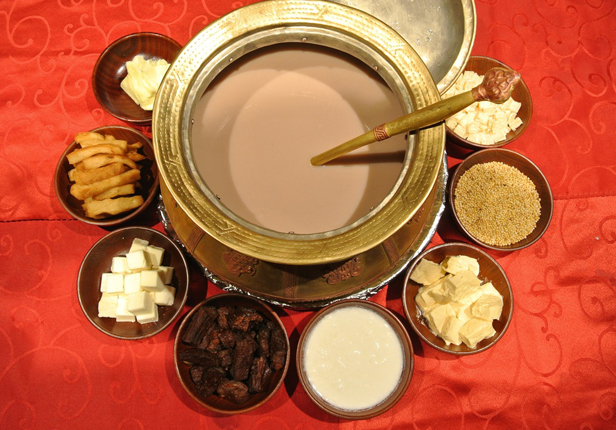
Check the best-selling China ethnic minority tours, which covers the diverse ethnic groups in Yunnan, Guizhou, Guangxi, Tibet and Xinjiang etc. Remember, all can be customized to satisfy your needs at best price!
Top 3 tours chosen by most customers to explore in the best way. Check the detailed itinerary, or tailor your own trip now with us.
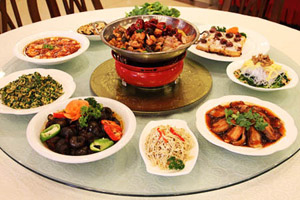
Beijing / Xian / Shanghai

Beijing / Xian / Chengdu
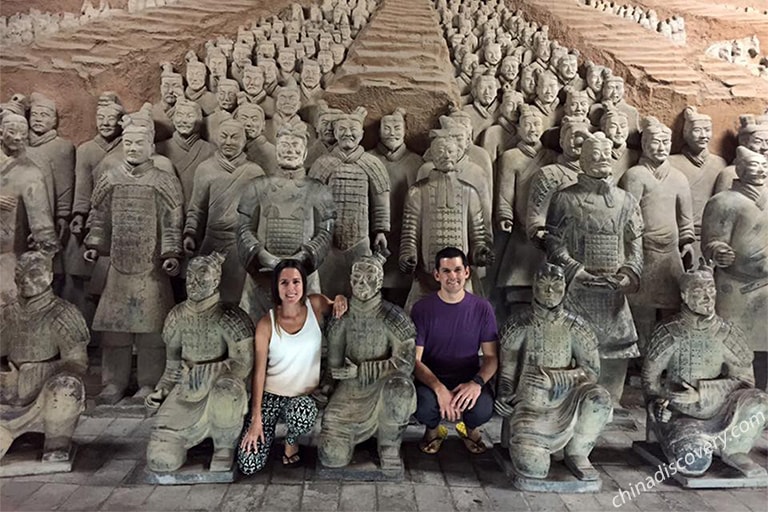
Beijing / Xian / Chengdu / Guilin / Shanghai
Start planning your tailor-made holiday to China by contacting one of our specialists. Once inquired, you’ll get a response within 0.5~23.5 hours.
Customize a Trip